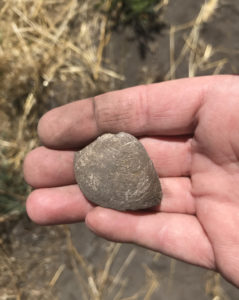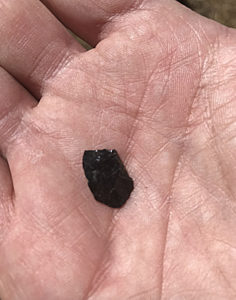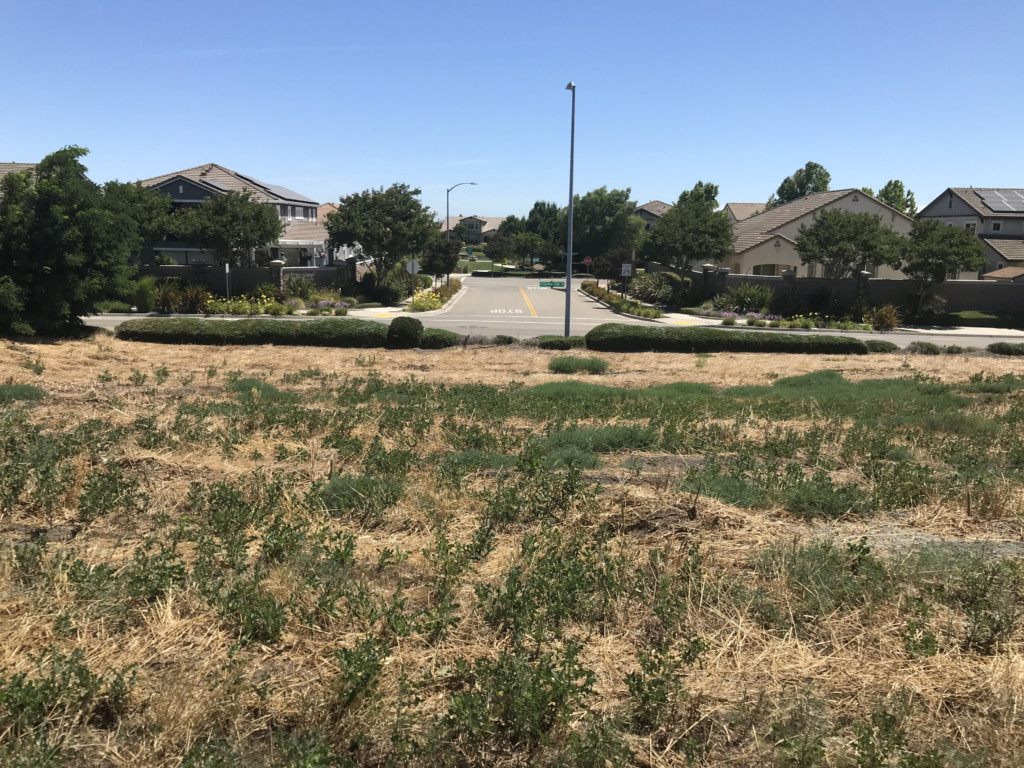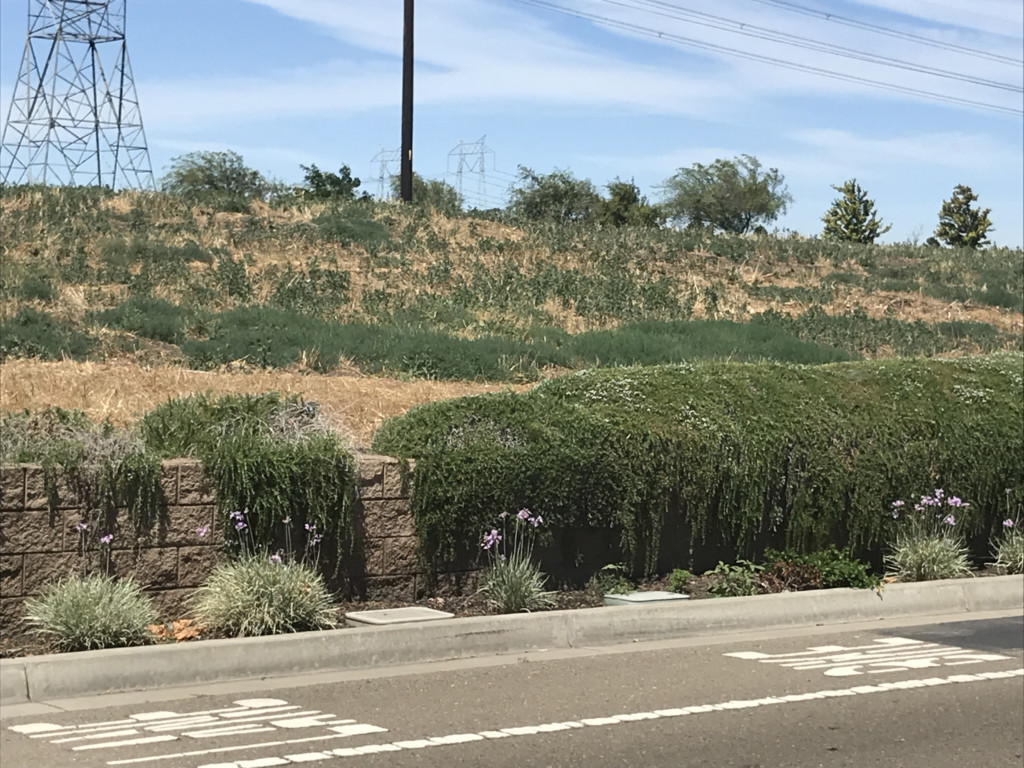The San Francisco Bay Area supported a dense population of hunter-gatherers over thousands of years leaving a rich and varied archaeological record. The Bay Area was a place of incredible language diversity. Seven languages were spoken at the time of Spanish settlement in 1776. The diverse ecosystem and abundant resources of the bay and surrounding lands supported an average of three to five persons per square mile.
When the Spanish arrived, the people of the Bay Area were organized into local tribelets who defended fixed territories under independent leaders. Bay area tribelets are believed to have included between 200 – 400 people. They were distributed among three to five semi-permanent villages existing within territories measuring approximately 10 to 12 miles in diameter*. The activities of daily life in these villages resulted in mounds of refuse and soil that are still visible today. It is estimated that the San Francisco Bay Area and Sacramento Delta region contained well over 400 hundred mounds sites.
Unfortunately, many of these sites have been destroyed by urban encroachment and few remain. The Archaeological Conservancy recently acquired one of these unique sites. CA-CCO-139, more traditionally known as Simone Mound, is one of the last undeveloped parcels in a growing residential neighborhood. The site is on 5.95 acres just outside of the city of Oakley, California. It is near another and similar Conservancy preserve, the Hotchkiss Mound.
The mounds were created through daily activities such as processing shellfish, manufacturing stone and bone tools, cooking, butchering game animals, and building shelters. These activities led to the accumulation of shells and other material. Generations of native peoples returned to these mounds throughout the centuries. They used the sites for habitation and as burial grounds for their ancestors. Archaeological research has uncovered a variety of shell beads, charcoal, shells from native shellfish, stone tools, animal and fish bone, and other faunal artifacts. Analysis of these stratigraphically preserved items can teach us a great deal about the people who lived here.
-

Shell fragment left behind by the inhabitants of Simone Mound.
Previous research suggested that the Hotchkiss and Simone mounds were occupied concurrently. However, in 2013 Dr. Jelmer Eerkens and Dr. Eric Bartelink found evidence that the sites may have been occupied sequentially. The team performed Accelerator Mass Spectrometer (AMS) analysis on previously collected bone fragments to establish a chronology for the sites. The results indicate that as occupation at the Simone Mound was winding down, the Hotchkiss Mound saw its first interments. This suggests the inhabitants may have simply moved from one mound to the other.
Burials from Simone Mound date mainly to the Middle (A.D. 200-1000) and Middle/Late Transition (A.D. 1000-1250) periods, while burials from Hotchkiss are just beginning during the Middle/Late Transition. The majority of Hotchkiss burials date to Phases 1 and 2 of the Late Period (A.D. 1250-1750). What was surprising is that there was no overlap in the distribution of the dates between the sites, offering clear evidence for sequential occupation. Together with changes in mortuary customs, this research suggests a major cultural shift during the middle of the Middle/Late Transition period.

An obsidian flake found on the surface at Simone Mound.
Further research will be necessary to determine why Simone Mound was suddenly abandoned and never reoccupied. Alternative theories propose that the Hotchkiss people may have suffered a traumatic event such as disease, violence, or flooding that would have made their previous location uninhabitable; or Simone belonged to a different cultural group altogether**. Further investigation is needed to determine the possibility of Late Period occupation at Simone Mound.
The Conservancy’s acquisition of the Simone Mound will preserve the site from destruction due to development and agricultural activities. Along with Hotchkiss Mound, the Simone Mound holds a wealth of information on the ancient past of the Bay Area and unique research opportunities that have been largely ignored in the past.
-

Simone is one of the last undeveloped parcels in this residential neighborhood. Many other sites like Simone have been swallowed up by encroaching development.
* Milliken, Randall et.al. 2007. Punctuated Culture Change in the San Francisco Bay Area, In Prehistoric California: Colonization, Culture, and Complexity, edited by T.L. Jones and K.A. Klar, 99–124. AltaMira Press.
** Jelmer W. Eerkens & Eric J. Bartelink. 2019. New Radiocarbon Dates from CA-CCO-138 (Hotchkiss Mound) and CA-CCO-139 (Simone Mound) and Insights into Mounds, Settlement Patterns, and Culture History in the California Delta, California Archaeology, 11:1, 45-63, DOI: 10.1080/1947461X.2019.1581979





